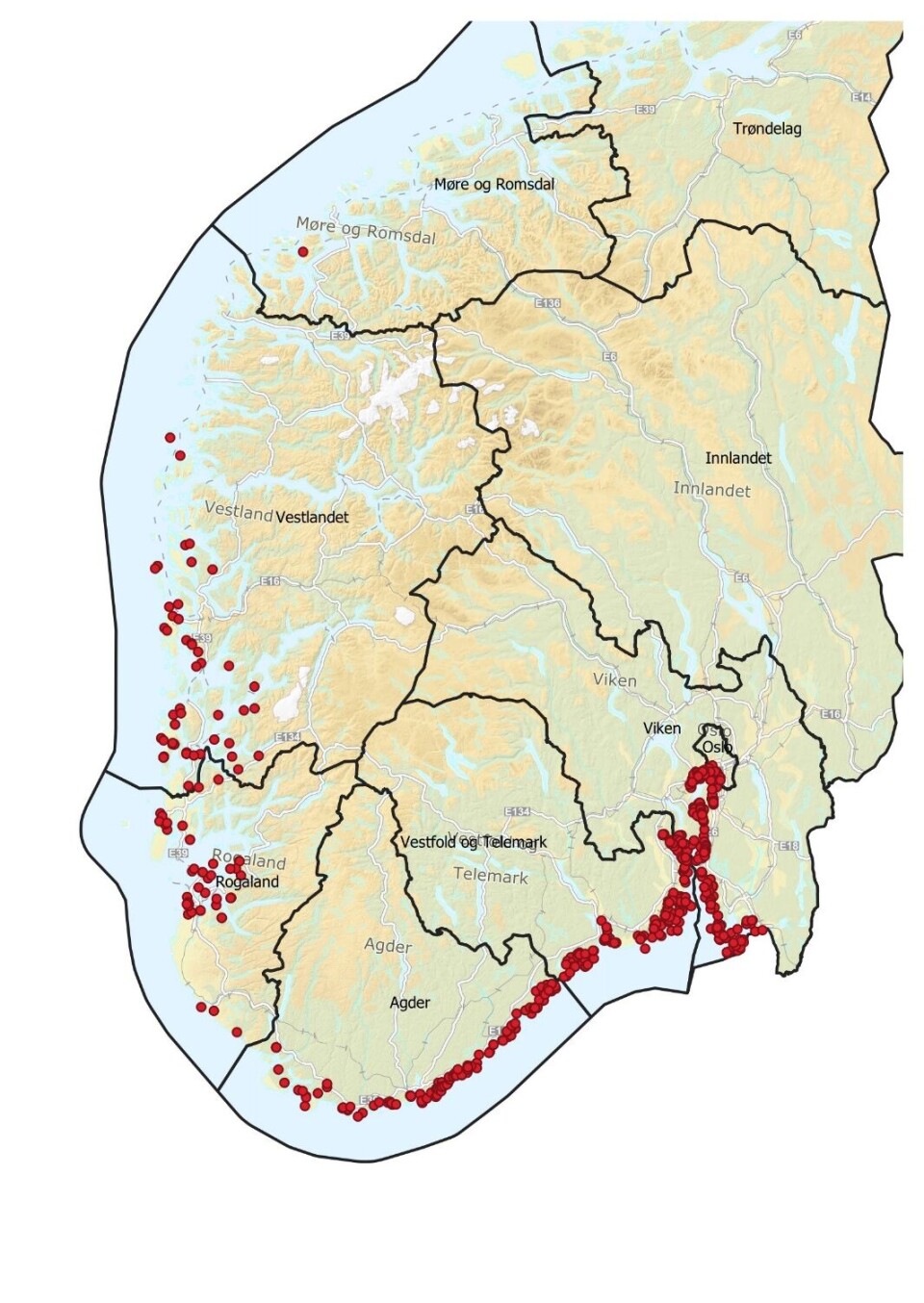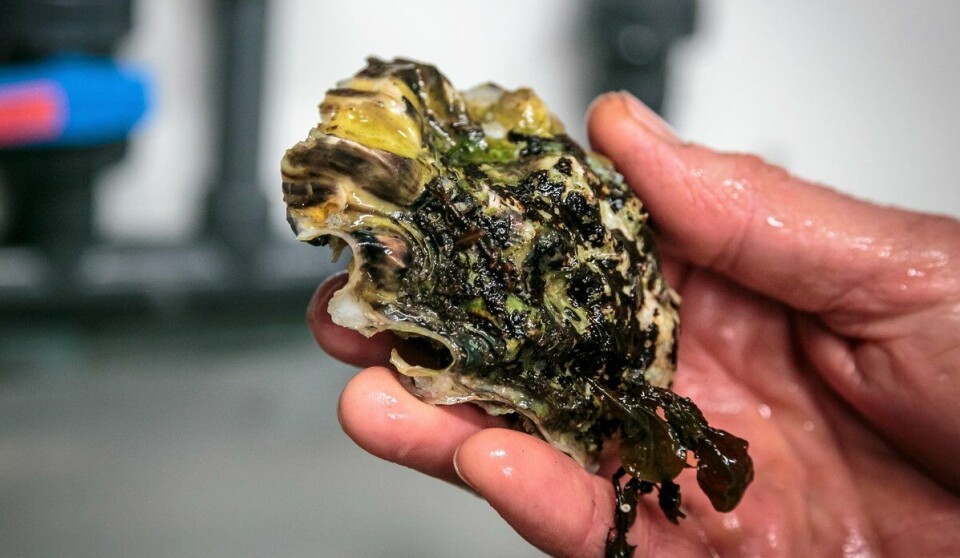THIS ARTICLE/PRESS RELEASE IS PAID FOR AND PRESENTED BY the Institute of Marine Research - read more

‘Freya’ the walrus may be an environmentalist
The pacific oyster is an invasive species that has fixed its grip along the coast of Southern Norway. It might also be the main diet of ‘Freya’ the walrus, currently eating her way in the Oslofjord.
Researcher and veterinarian at the Institute of Marine Research (IMR), Kathrine A. Ryeng, does not believe that the walrus is drawn to people because she wants company.

Rather, it is the menu that tempts her.
“Freya has simply found an Eldorado of Pacific oysters, which may be why she is coming so close to people,” Ryeng says.
Gobbles up Pacific oysters
Walruses like to eat mollusks, and their favourite food is clams. Observations show that the sea mammals fill their belly a couple of times a day. An adult walrus can eat as much as 3,000 to 6,000 clams in one meal. When they don't eat, they relax and digest.
When the IMR surveyed the prevalence of the invasive Pacific oyster in 2020, Vestfold and Telemark stood out as high-density areas. This means that both Kragerø and Risør, where Freya has been staying until recently, are located in the middle of the larder.
“When I saw the map of the walrus' movements, it dawned on me. I looked at IMR's report on Pacific oysters and found a large overlap between places Freya has visited and stayed, and areas with a high prevalence of Pacific oysters. I can't say anything other than that there seems to be a connection here,” Ryeng says.
The relationship between the movements of Pacific oysters and Freya also stands over time.

“If you look at where Freya used to be before she came to southern Norway, she has occasionally stayed in the Wadden Sea in the southern part of the North Sea. Entire banks of Pacific oysters have emerged there,” explains Ryeng.
Freya: an environmentalist?
During the last fifteen years, the Pacific oyster has spread both north and south.
Researchers believe they is here to stay, and do not believe clearing campaigns do much to limit the spread. It might have a local effect.
Researcher Lars-Johan Naustvoll was involved in the mapping of Pacific oysters and find his colleague's hypothesis to feasible.
“The idea has struck me because there are a lot of Pacific oysters in these areas. Here you will also find individual shells scattered outwards, making them more accessible to a walrus. If Freya eats this delicacy, she can prove to be an asset by limiting its' spread and clearing local populations,” says Naustvoll.
Pacific oysters grow in shallow water. It causes problems for bathers when the beaches are invaded by oysters with razor-sharp edges.
“Perhaps Freya's presence also makes life easier for those who want to swim,” Ryeng concludes.


This article/press release is paid for and presented by the Institute of Marine Research
This content is created by the Institute of Marine Research's communication staff, who use this platform to communicate science and share results from research with the public. The Institute of Marine Research is one of more than 80 owners of ScienceNorway.no. Read more here.
See more content from the Institute of Marine Research:
-
These whales have summer jobs as ocean fertilisers
-
Have researchers found the world’s first bamboo coral reef?
-
Herring suffered collective memory loss and forgot about their spawning ground
-
Researchers found 1,580 different bacteria in Bergen's sewage. They are all resistant to antibiotics
-
For the first time, marine researchers have remotely controlled an unmanned vessel from the control room in Bergen
-
New discovery: Cod can adjust to climate change – from one generation to the next




































